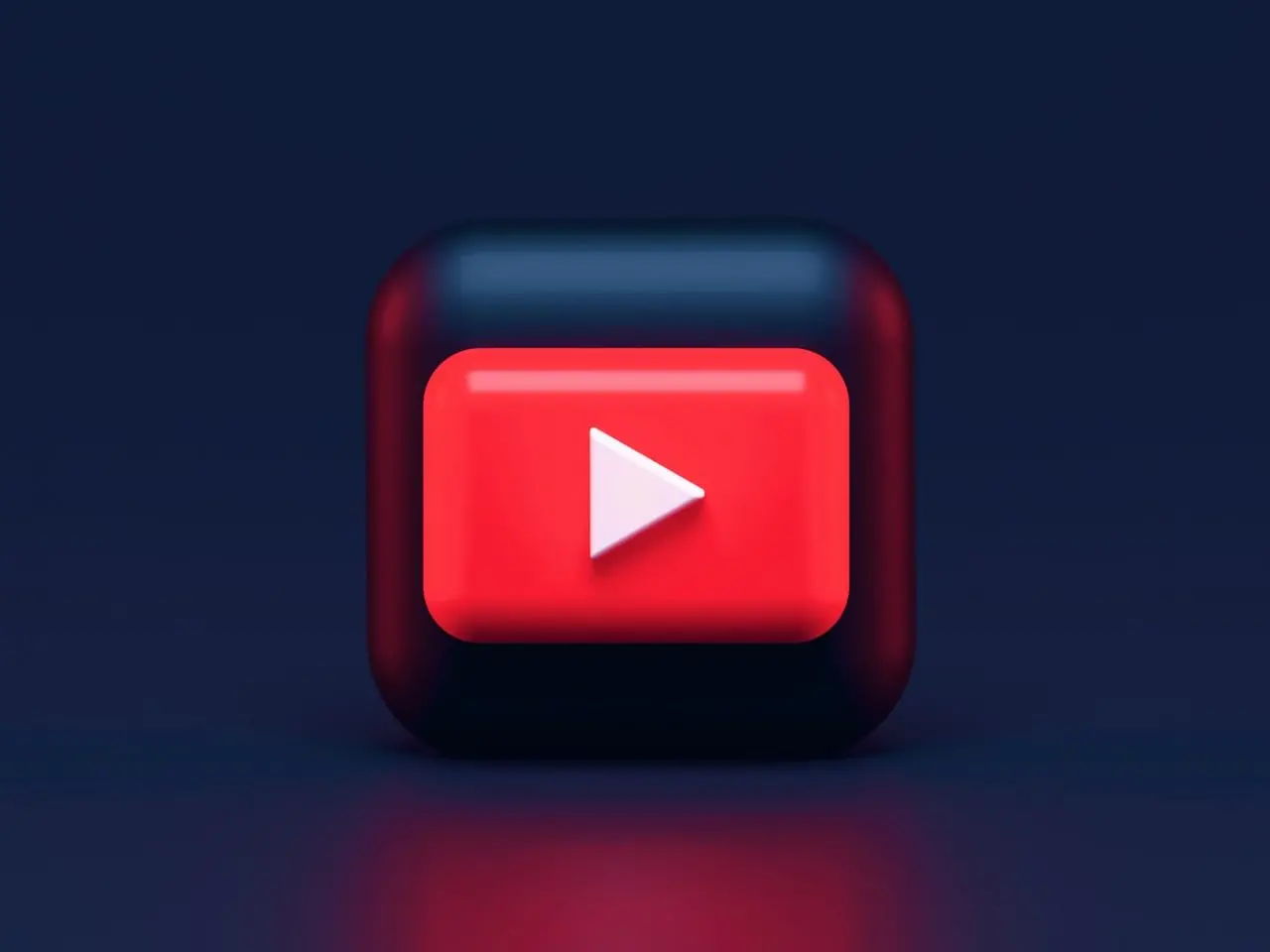How to Copyright a Graphic Design: Basics Every Graphic Design Client Needs To Know
When you’re actively engaged in intellectual work, a copyright issue is essential. This may be anything: a piece of science, design, literature, or art created within the set of the employee (author) working hours. Let’s look at the points when you may need to claim to preserve the design copyrights.
What is copyright?
According to the Copyright.gov:
Copyright is a type of intellectual property that protects original works of authorship as soon as an author fixes the work in a tangible form of expression. In copyright law, there are a lot of different types of works, including paintings, photographs, and illustrations, copyright in design, art copyright laws, musical compositions, sound recordings, computer programs, books, poems, blog posts, movies, architectural works, plays, and so much more!
What is “original” and “fixed” work anyway?
In terms of copyright designs and other work issues, it’s possible to define the original or fixed works. Mind that.
Fixed Works
A piece of work may be called fixed when it is strictly captured by the authority of an author. This would be a sufficiently permanent medium, where these pieces of work may be perceived, reproduced, or communicated for a short time. For instance, work is fixed when you write it down or record it and that’s it. A way too complicated, right?
Original Works
Here, it’s even more complicated. Works are called original if they are independently created by a particular human author and also are claimed to have a minimal degree of creativity. Independent here means that you make it yourself, without any copying.
The Supreme Court admits that a work must have a “spark” and “modicum” of creativity to be considered creative.
There are some things among the original works that, however, are not considered creative. They may be names, titles, short phrases, and slogans; familiar symbols, icons, or designs; some variations of typographic ornamentation, lettering, or coloring; and mere listings of ingredients or contents.
And always keep in mind that design copyright is about the protection of expression, and never about the ideas, procedures, methods, systems, processes, concepts, principles, or discoveries.
What “works” do copyright protect?
Generally, Copyright as a form of intellectual property law is developed to protect any original works of authorship including:
- literary,
- design,
- dramatic, including any accompanying music,
- musical,
- pantomimes and choreographic work,
- and artistic works, such as poetry, novels, movies, songs, computer software, architecture, etc.
Thus, musical works, including any accompanying words, pictorial, graphic, and sculptural works, motion design, animation, motion pictures, and other audio-visual media, sound recordings, or even architectural plans may be protected by the copy laws.
What rights do copyrights give?
Among the rights for copyright, including copyright design, you may find the following:
- the right to reproduce the copyrighted work.
- the right to prepare derivative works based upon the work.
- the right to distribute copies of the work to the public.
- the right to perform the copyrighted work publicly.
- the right to display the copyrighted work publicly.
Source: BitLaw
They are also called exclusive rights that every copyright owner may possess. However, the things that are basic copyright elements will remain originality, creativity, and fixation.
Who owns the copyrighted works?
The author immediately owns the copyright for the original intellectual property. But everyone can be a copyright owner in the work because once you’ve created an original piece and fixed it, like taking a photograph, writing a poem or blog, recording a new song, etc., you are the author and automatically the owner.
Only the owner enjoys certain rights, including the right to reproduce or redistribute the registered work or to transfer or license such rights to others with an attorney, etc. In this case, if we speak about the works made for hire, the employer and not the employee is considered to be the author.
How long does a copyright last?
Depending on the region, the term may vary dramatically. A copyright lasts for the first term of 28 years from the date it is secured, and then maybe eligibly renewed on and on.
However, if we take American Law, as a general rule, for works created after January 1, 1978, in the U.S., copyright protection lasts for the life of the author plus an additional 70 years. For anonymous and pseudonymous works, the work is protected for 95 years from the first publication or 120 years from the date of its creation. So, basically, the duration may be from 65 years min to 120 years max depending on the particular case.
In the UK a registered design rights protection may last up to 25 years, provided that you renew it every 5 years.
How do I use copyrighted work?
Fair usage of creative pieces allows limited copyrighted material use without any permission from the copyright holder for multiple purposes such as parody, criticism, news reporting, research and scholarship, teaching, etc. There are factors to consider when determining whether your use is a fair one.
Advantages of Registering a Graphic Design
How to copyright a design? Copyright graphic design has a range of advantages that every designer should be aware of as well as their clients.
Obtaining a registered design as per copyright laws for art and design in a range of states is usually really cost-effective, and allows you to obtain multiple design protection in a range of dubious cases.
Easier enforcement
It’s wise not only just prevent unauthorized design use in trade, etc., and only when the design was copied. The better-registered design protection sets a monopoly right that stops unauthorized exploitation regardless of even if the design is copied or independently conceived.
Longer duration
When you register your design, you are offered a longer duration period. Another advantage of graphic design ownership rights is that it offers a significantly longer duration of protection. Mind the state of registration as the terms may differ as per local laws.
Better infringement coverage
Of course, in the case of a severe infringement, the procedure may be started as per the current legislation. There will be more chances to prove your rights in court and win the case or simply resolve the issue not getting it in court reasonably and effectively because the ownership was prescribed in a contract and clarified to both parties of the deal.
Conclusion
Design copyright knowledge effectively organizes the process reasonably and effectively for whatever party is involved. Not to let a pursuit of fast marketing, creative impulses, attempts to overtake competitors, completely forget about primary documentation, which is essential in any activity and proves that certain developments belong to you, always be ruled by the law. If your business depends on creative people, then you should take the time to follow the copyright recommendations outlined here to avoid any awkward situations later. Always strive for transparent and trusted cooperation when you seek a fantastic design for your business.


